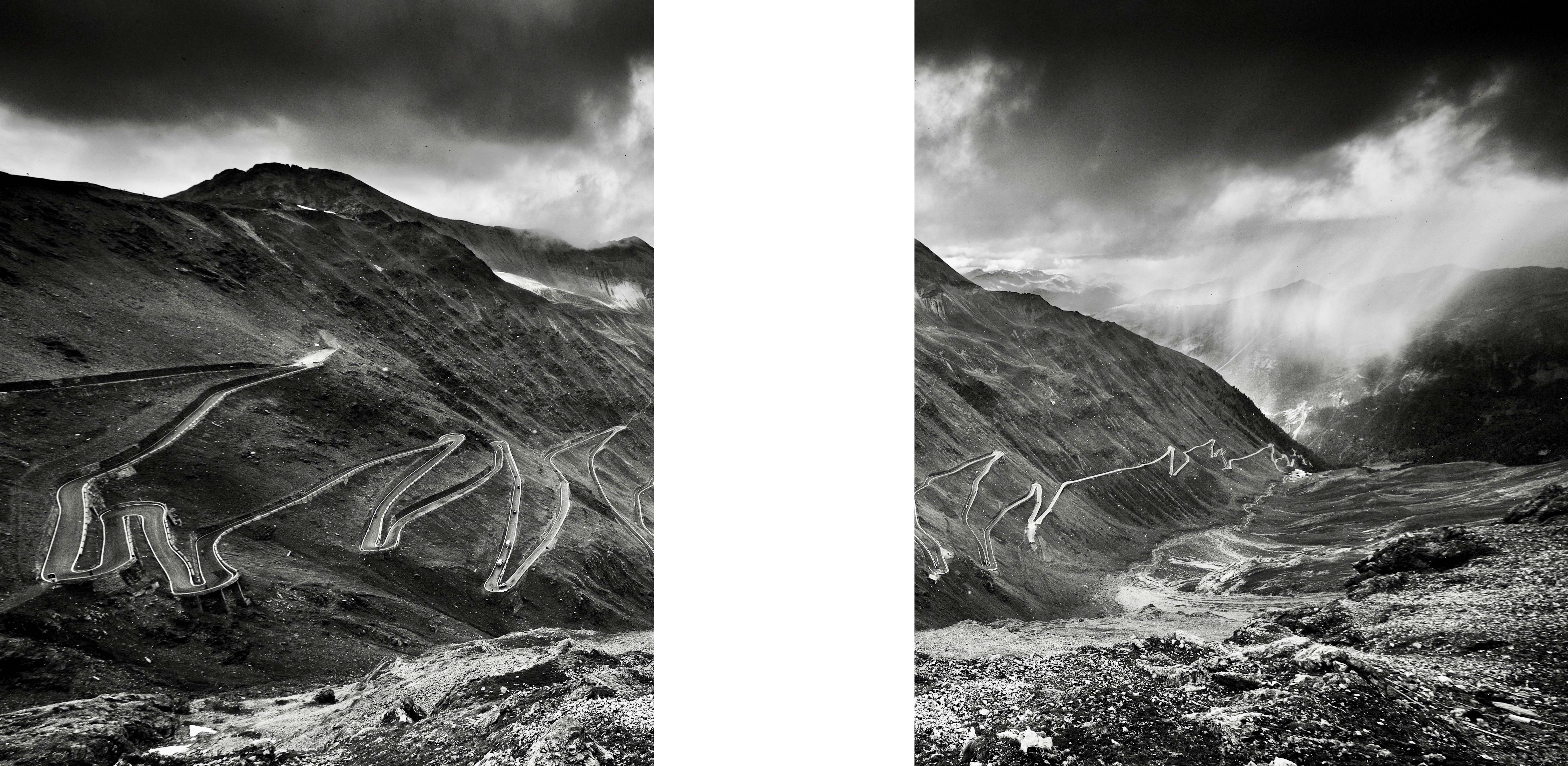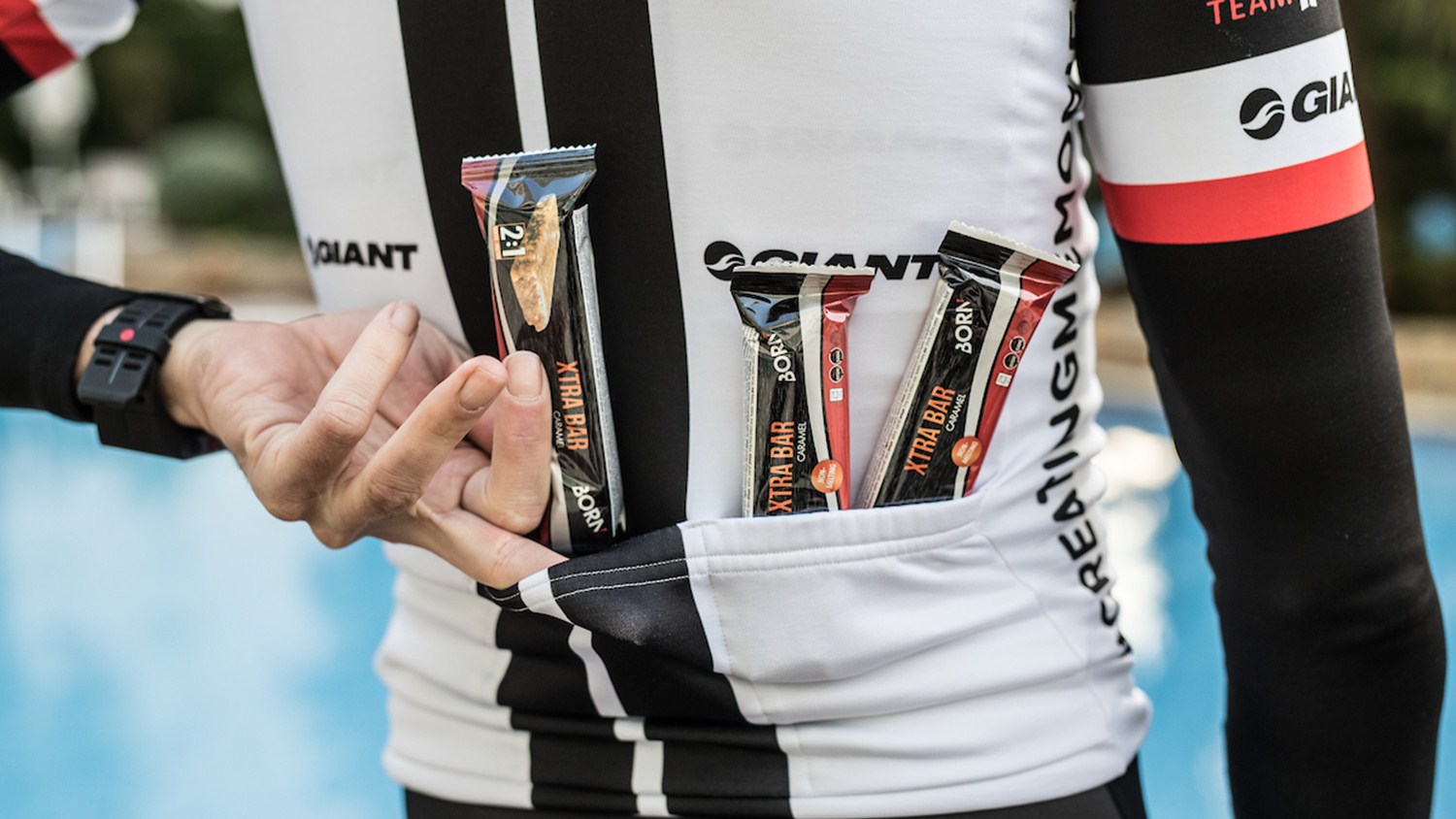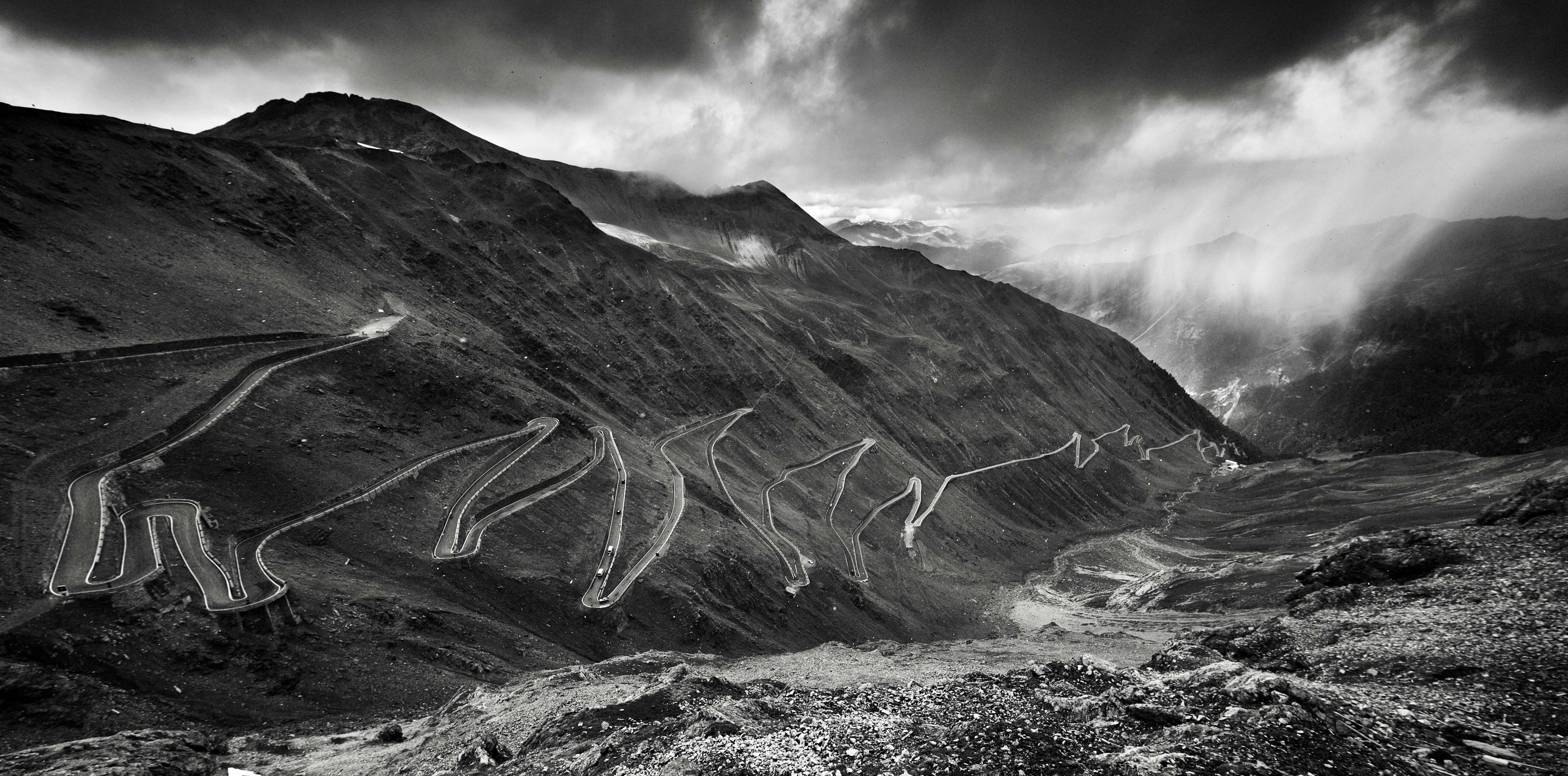

Titia van der Stelt is aware that she’s not necessarily everyone’s best friend at Team Sunweb, but that was never her aim.
Working for Team Sunweb’s UCI WorldTeam, UCI Women’s Team and the Development Team, the young Dutch woman is responsible for the nutrition of nearly 50 athletes. No chance, under her watchful eye, of going off the rails and ordering triple chocolate layered cake with a supplement of whipped cream. No skimping on the carbs either…. or trying any fast weight-loss scheme to make the climbs seem easier.
Nutrition is a science, and van der Stelt’s approach to the athletes’ meals is calculated. Thank goodness, she is also a self-confessed “foodie” and believes it should all taste good.
“It’s not just about white pasta with red sauce,” she insists. “There is nothing wrong with that, but you can’t eat it for the entire year.”
“So far, I haven’t had too many complaints from the riders about my meals. But I have to say that I’m better at advising about nutrition than actually cooking! They let me know if something is too spicy or not to their liking, but you can’t please everyone.”
Her job as the team’s nutritionist is a full-time one which sees her accompany riders to training camps and races. But with the teams often spread over three venues at any one time, she cannot be everywhere. When she is unable to travel, she contacts the hotel to give them guidelines and suggestions for the athletes’ meals. If she is well received, she may even go as far as to send them sample menu ideas. Hotels along regular racing routes are already used to the needs of Elite athletes, while others need a little more coaching.
When she accompanies a team, it can be equally tricky: “Some hotels are really interested and willing to help. With others, it is harder,” says van der Stelt, who regularly finds herself in the kitchen alongside hotel staff cooking for Sunweb riders. “It can be difficult, with very little space. And I have to enquire ahead about what equipment and basic foodstuffs I can use from their kitchen.”
Packing in the calories
We are talking quantity, as riders need their calories: “There may be nine racing but if they are eating four times as much as an ‘ordinary’ person it’s like cooking for 36.”
She recalls one of the first meals she cooked for the Men’s team at Paris-Nice last year. “There were eight riders and I decided to cook some sweet potatoes. I calculated 600g per person as opposed to 150-200g that people would normally eat. They finished it all and then ate a big bowl of pasta each,” she laughs. “Note to self – bigger portions!”
Working in an unfamiliar kitchen comes with its hazards – as van der Stelt once found to her detriment when she mistook the washing up liquid for olive oil. Fortunately, the resulting soapy pasta dish was only for her – she had already fed the team.
Van der Stelt tries to talk individually to every athlete and all the coaches once a month. She goes through what works for each rider and they set goals together.
“In general, the riders are interested but it is understandable that once they are at a race or training camp, they can forget they have an appointment or phone call with me. It’s not their priority. The women are more motivated than the men to work on their nutrition.”
Improving every-day habits
She says most riders are already on the right track with their nutrition, and some slightly resent her input: “They say that they’ve been doing fine for years, and that may be true. But I can always find something to improve.”
These improvements may include the amount of food consumed each day, timing of meals, eating and drinking during training and races, recovery meals, and behaviour:
“Sometimes you know the theory but actually putting it into practice is another story – don’t we all love chocolate…”
Getting the balance right can help the riders continually get the best out of themselves, improve recovery, reduce the chance of getting sick or reduce the length of a sickness and improve body mass: “This might mean increasing muscle mass, and therefore body weight, to have more power output, or decreasing the fat percentage. There is no optimum fat percentage or weight, it’s a question of finding what suits each particular rider,” she says.
Van der Stelt also works with one of the team’s sponsors, Born, to develop sports bars, and supplements. All the products are tested to ensure they are within anti-doping regulations, and the riders know that they run no risk using the team’s nutrition.
However, she warns that it is not the answer to constantly take supplements: “For example, when training hard it is not always beneficial to take extra vitamin C because this reduces the oxidative stress on the muscles. The goal of hard training may be to create stress so the body can adapt and get used to it.”
A day in the life of a nutritionist on race day
The number of calories consumed on any given day depends on the length and profile of the stage and the weight of the rider. But whatever the athletes’ needs, van der Stelt has it worked out. A typical day for Sunweb’s nutritionist during a hilly men’s stage is as follows (in brackets calories required for women racing the Strade Bianche, the opening event of the UCI Women’s WorldTour on March 4th):
6.30am: alarm to prepare breakfast. This usually includes home-made bread (she has scars from the bread machine on her arms to prove it), oatmeal in some form or another and, why not, rice and/or pasta depending on the type of stage. Calories: 1200 (1000)
8am: prepare the day’s bottles and feeding bags (sports nutrition, rice cakes etc) with the soigneurs. Calories: 1800 (1300).
9am: prepare the post-race meal the athletes will eat in the team bus immediately after showering and changing. This may be pasta, fresh vegetables, and a salad or smoothie. Calories: 1600 (1100)
During the race: Drive to next hotel via a supermarket, check out the hotel kitchen, compose the menu and start preparation (peeling and chopping 4kg of vegetables takes time!). Try to watch the end of the stage or race.
10pm: Athletes are ready for dinner after transfer, massages etc. This meal is also rich in carbohydrates, and includes proteins, vegetables and a (healthy) dessert. Calories: 2000 (1400)
11pm: Staff meeting.
Stage racing is not only tiring for the athletes…..




